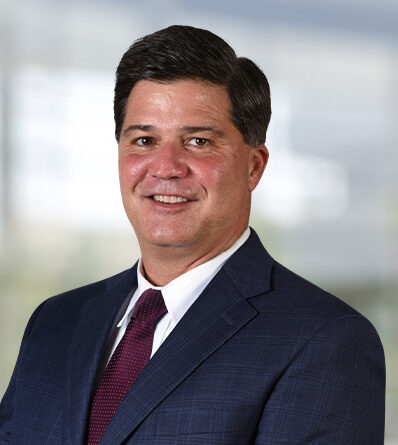Finding IP Value
Think Like a Champion to Get Your Ideas Noticed
By: Stephen C. Hall
When Rafael Nadal accepts the championship trophy at the end of a grueling tennis tournament, he holds it high. Shouldn’t we be more like Nadal when it comes to our accomplishments? Thinking like a champion and performing like one will bring attention to your great ideas.
THE CONTEXT
First, it’s important to appreciate the hard work that was required to develop your idea. Before he can lift up the trophy, Nadal has put in untold hours of practice, and understandably he is proud of the product he puts on the court. As innovators, the same kind of dedication and hard work is required to bring our best ideas to the market. Why not showcase the breakthrough enthusiastically?
The difference, of course, is that tennis fans already understand what happened on the court and what Nadal accomplished, since tournaments are won all the time. But innovators whose great ideas reach the market have a challenge that Nadal doesn’t face: they must show why their innovations are special, advantageous and beat any alternatives. This can be hard to do because an innovation may be unique and one of a kind. Deciding what to compare it to might not be readily apparent.
Second, in the world of innovation, it’s important to appreciate that a champion is more than one who holds a trophy. A champion is also a proponent who fights for something; the one who promotes an idea and talks it up to attract positive attention. It’s an important rule of innovation: if you don’t champion it, no one else will.
WHY IT MATTERS
To ‘lift it up’ like a champion, one must also pick the right point of entry to ‘frame’ or describe the innovation to, perhaps, a potential partner.

In most cases, the right point of entry comes down to two options. Present the problem to be solved, such as “poor lighting will prevent you from taking a good picture.” Introducing it this way gives you a point of entry that frames the dialogue about the solution, which could be a flash or aperture control.
Or you can go straight to a discussion about the solution because the problem is inherent. “How great would it be to have a dashboard light when tire pressure is low” is a solution-focused frame. This approach goes to the heart of the solution where the problem and solution are packaged together.
The best time to create the frame, or point of entry, is out of the gate. People pay attention to a well-framed topic because you capture their attention from the start. Without framing, you risk that your audience will be distracted or that your message could be derailed.
WHAT ABOUT YOU?
What did you create? Do people readily understand what the problem is that spurred your innovation? Is it better to enter dialogue with a quick reminder of the problem? Or will the listener add that part of the equation intuitively as soon as he hears the solution? Planning how to frame an idea is time well spent. Thinking like a champion also includes taking the time to try different framing approaches, and then practicing each by saying them out loud.
It’s also important to remember that innovators face the challenge of familiarity. By that I mean that deep knowledge of an idea or innovation can inadvertently lead us to start discussions downstream from where your audience needs to start. Effective framing is the solution.
WHAT ELSE IS THERE
Developing a brilliant idea is only the first step of innovation, in the same way that identifying a good frame is the first step to drive an idea forward. Beyond this, innovators also must plan how they will communicate and must execute. Later posts will address these points. For now, please consider that a good frame around your idea is akin to laying the solid foundation you need to support all your efforts that lie ahead.
